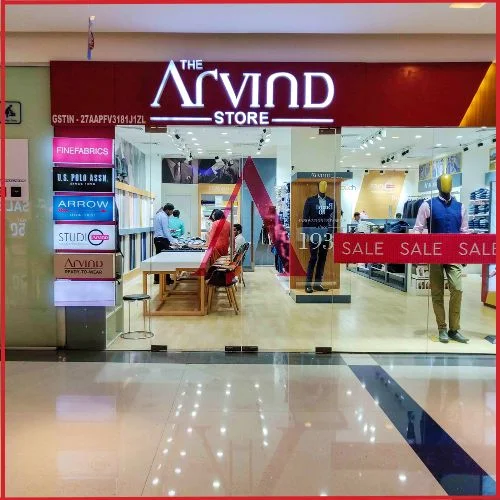According to a top firm executive, the recent growth in global capability centers (GCCs) of multinational corporations (MNCs) in India is fueling demand as they become consumers for IT services businesses such as Tech Mahindra, despite industrywide fears that GCCs will take away tech expertise and business.
These MNC offshore divisions are working together to use the domain expertise, services, and technology portfolios of IT businesses such as Tech Mahindra, which have established the capabilities required to operate their operations over time.
According to industry group Nasscom’s Strategic Review 2024, 53 new GCCs were established in India in 2023 alone, demonstrating MNCs’ sustained interest in GCCs in the country as well as the talent available in India.
Speaking to Moneycontrol, Jagdish Mitra, head of India business and corporate relations at Tech Mahindra and a Nasscom executive council member, stated, “The possibility to interact is quite high. Certain abilities that we are developing within firms like Tech Mahindra—such as industry experience, knowledge in certain platforms, or topic areas—have taken a long time. As a result, that capacity may easily be combined with what the GCC is striving to do.“
This demand is coming despite a challenging business environment and clients being wary of IT budgets.
“For example, cloud migration is horizontal and has attracted enormous investment. We know what can be done in that area, and there’s a lot of collaboration going on,” Mitra explained.
Within domain areas and verticals, manufacturing, specialty work such as factory-of-the-future type environmental solutions, telecom, and some areas of specialization in finance are attracting a larger part of GCC demand.
Banking, manufacturing, healthcare, and life sciences, as well as travel, are driving demand vertically for Tech Mahindra, while cloud, engineering services, networks, and user experience design services are attracting investments from GCC customers.
Furthermore, Mitra stated that competitive prices have become secondary for these consumers, who are willing to pay for the knowledge they receive.
“People’s discussions with us are significantly more about the capabilities we bring together than the price being asked, which is a very refreshing change,” he told reporters.
Deals close faster in India.
While discussing the demand picture, Mitra stated that, while contract closures are taking longer, they are occurring faster in India than in Western nations for the IT services industry. During client talks, he also mentioned that there is a lot of hype about emerging technologies such as generative AI.
“The (deal) closes are taking a little longer. India is slightly quicker than the Western world. We’ve seen a lot of conversation about new technology being enabled, and people wanting to know how to adopt the newest cutting-edge technology for their organization, including generative AI,” Mitra added.
He went on to say, “We’re all aware that generative AI plays two roles. It will assist in improving productivity while also generating income. The fact that individuals are discussing income creation and seeking data science capabilities is essential. The captives (GCCs) are growing increasingly demanding. We are pleased that they are no longer only discussing staffing.”
According to Mitra, decision-making is taking longer than it used to, but this is not just due to economic factors. Customers want to swiftly try out new technology.
“The good part is customers from both in India and abroad are ready to go ahead and get into commercial engagements, though they may be small in nature,” said Mr. Singh.
Tech Mahindra has adopted a different approach to generative AI than its competitors, constructing its big language model from the bottom up. Project Indus, as it is known, is now under beta testing and is aimed at creating datasets for Indic languages such as Hindi, Dongri, Kinnauri, Kangri, Chambeli, Garhwali, Kumaoni, Jaunsari, Bhojpuri, Maithili, and Magahi.
“We’ve already had client interactions for Indus in terms of how to translate in real-time when you create material in the media or entertainment industries. How can you take it and double its reach in real-time? it’s where our platforms come in help,” he explained.















